Complex IOR - Arnold User Guide
This shader is deprecated and should only be used with the standard shader.
This shader can be used to render materials with complex index of refractions. The Standard shader can compute the Fresnel effect for dielectric materials like plastic and glass based on the refractive index of the material; however, metals have a more complicated Fresnel reflective curve that also depends on another parameter called extinction coefficient.
You should not use the Complex IOR shader with the standard_surface shader. The standard_surface has the complex Fresnel built-in when the metalness is > 0, using the base and specular color.
Material
Presets of different materials. The custom mode allows you to define a custom setting. By clicking on the Edit button, the selected preset overrides the Reflectivity, Edgetint and Eta, K fields, allowing you to refine the settings.
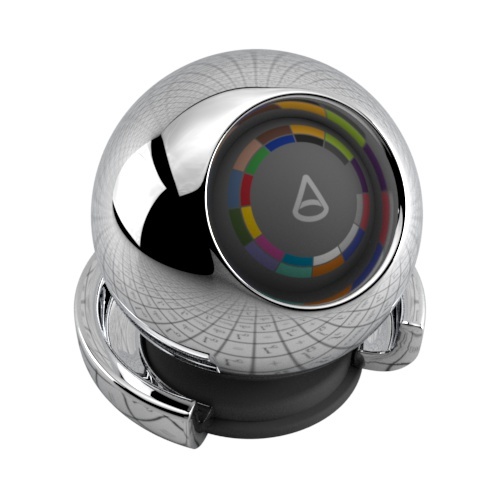 |
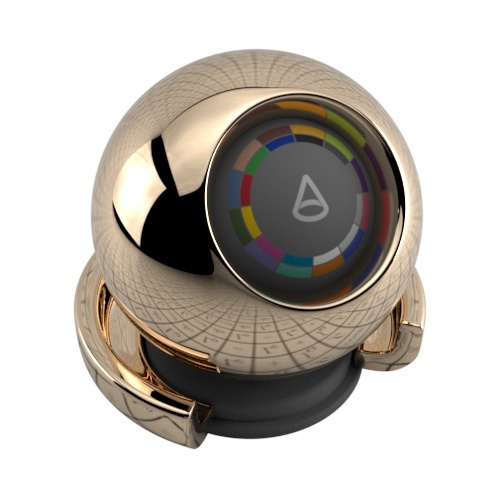 |
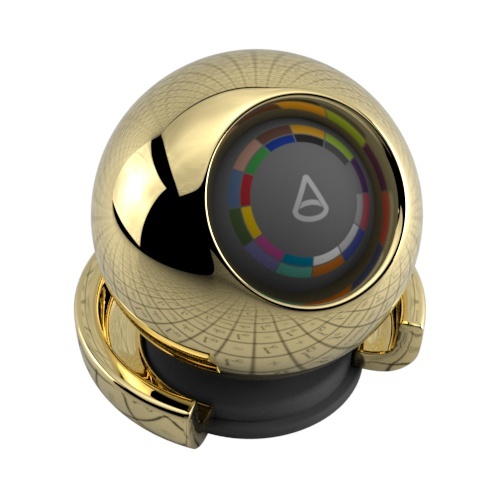 |
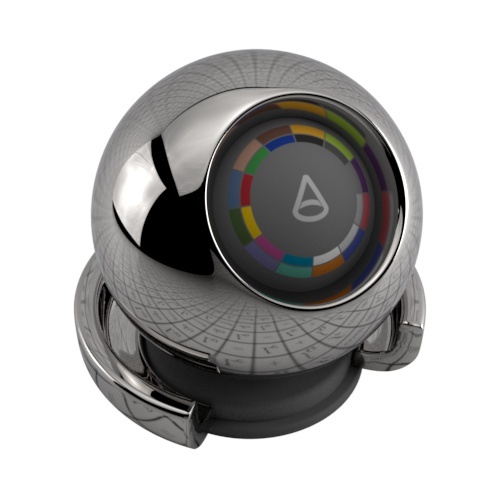 |
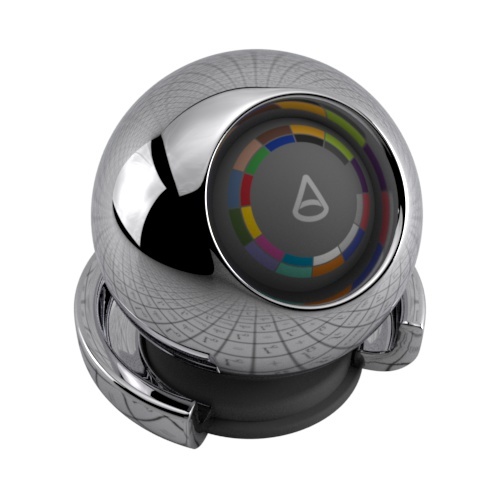 |
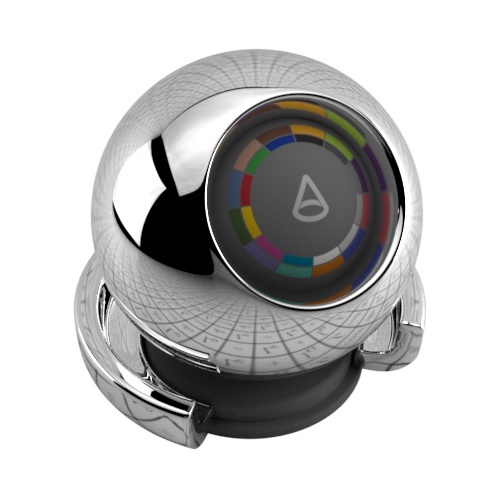 |
| Aluminium | Copper | Gold | Iron | Lead | Magnesium |
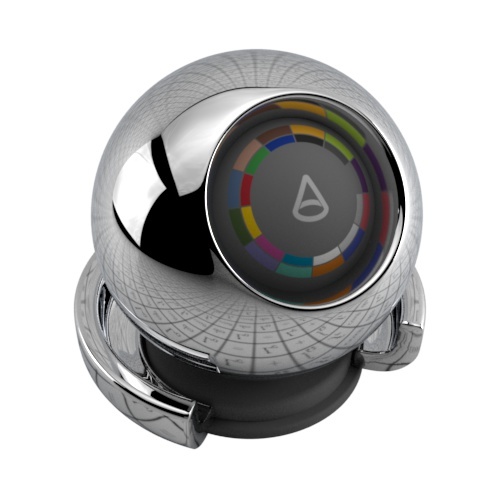 |
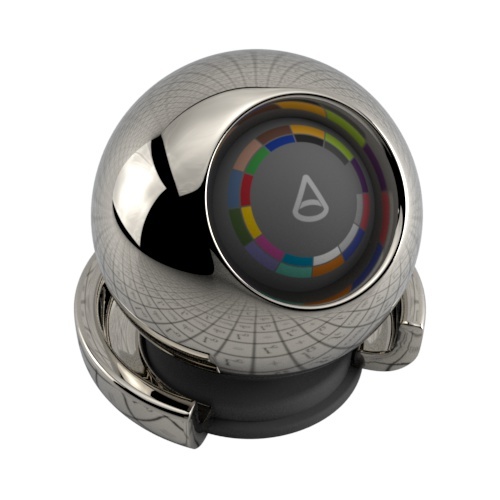 |
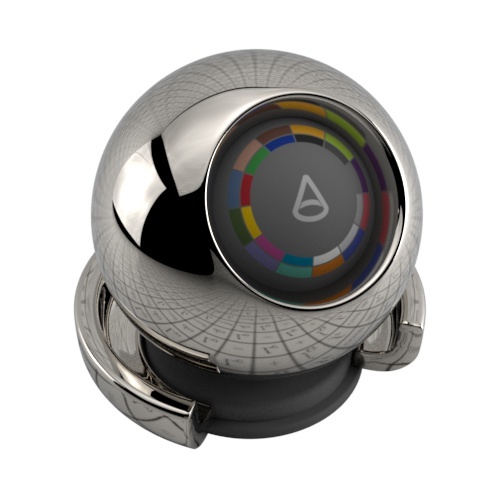 |
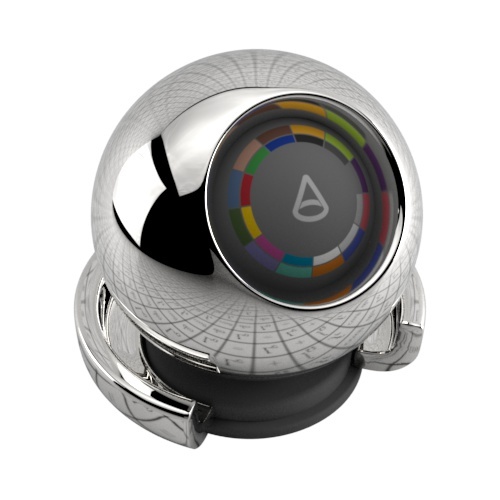 |
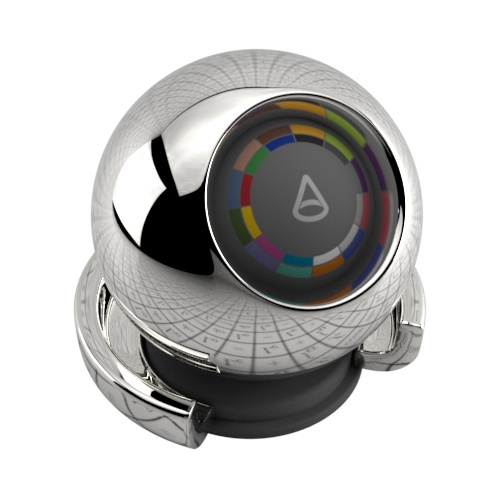 |
|
| Mercury | Nickel | Platinum | Silver | Sodium |
Mode
Select between the artist friendly (reflectivity and edgetint colors) and physical (eta and k) controls.

reflectivity: blue, edgetint: purple.
Reflectivity
The reflectance at normal incidence.
Edgetint
Controls the color bias as the viewing direction becomes parallel to the surface.
Eta
The refractive index value for the red/green/blue wavelengths (e.g. 0.65, 0.55 and 0.45 micrometers).
K
The extinction coefficient value for the red/green/blue wavelengths (e.g. 0.65, 0.55 and 0.45 micrometers).
The site http://refractiveindex.info/ has measured n(Eta) and k values for many materials like copper, gold etc.
